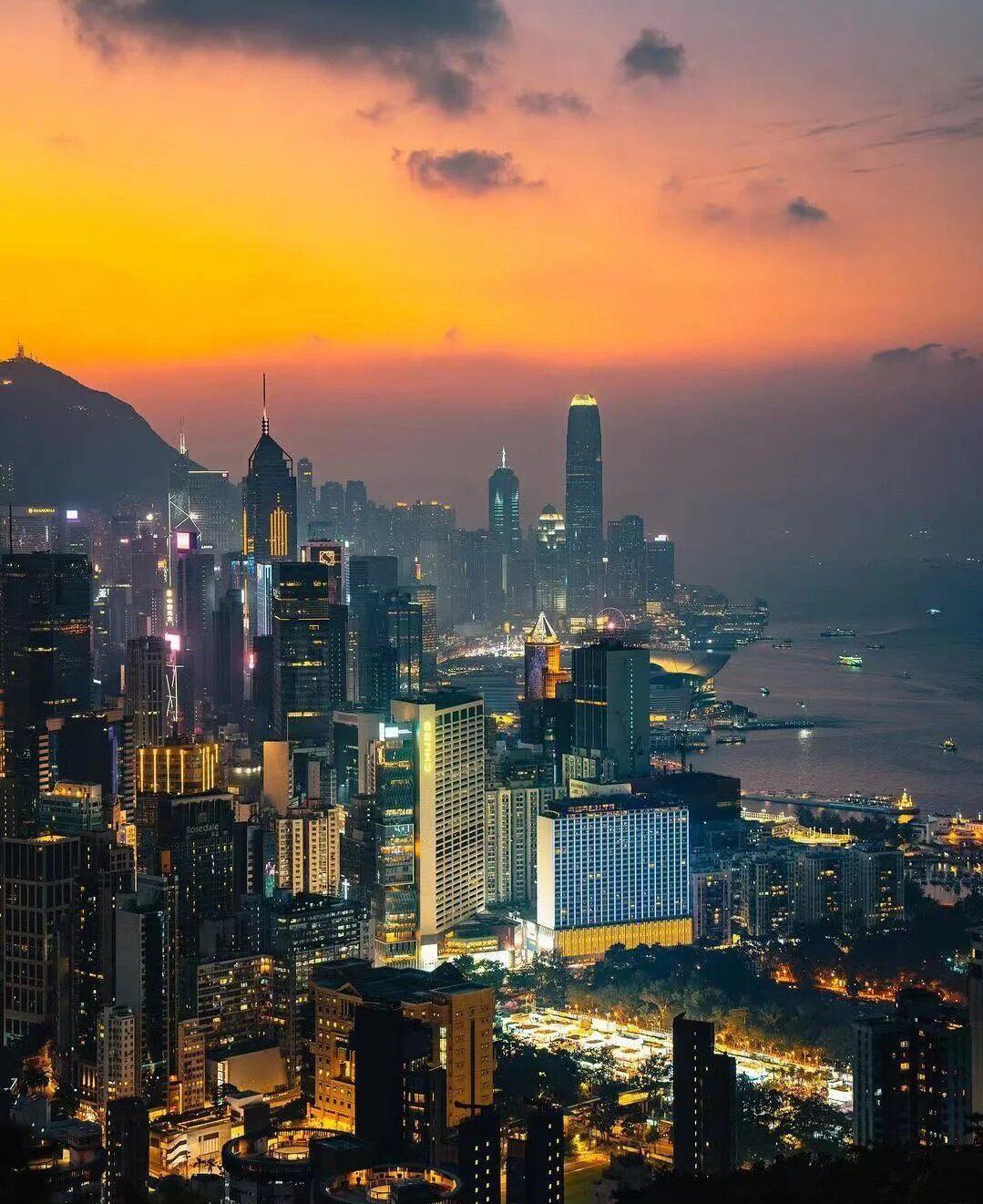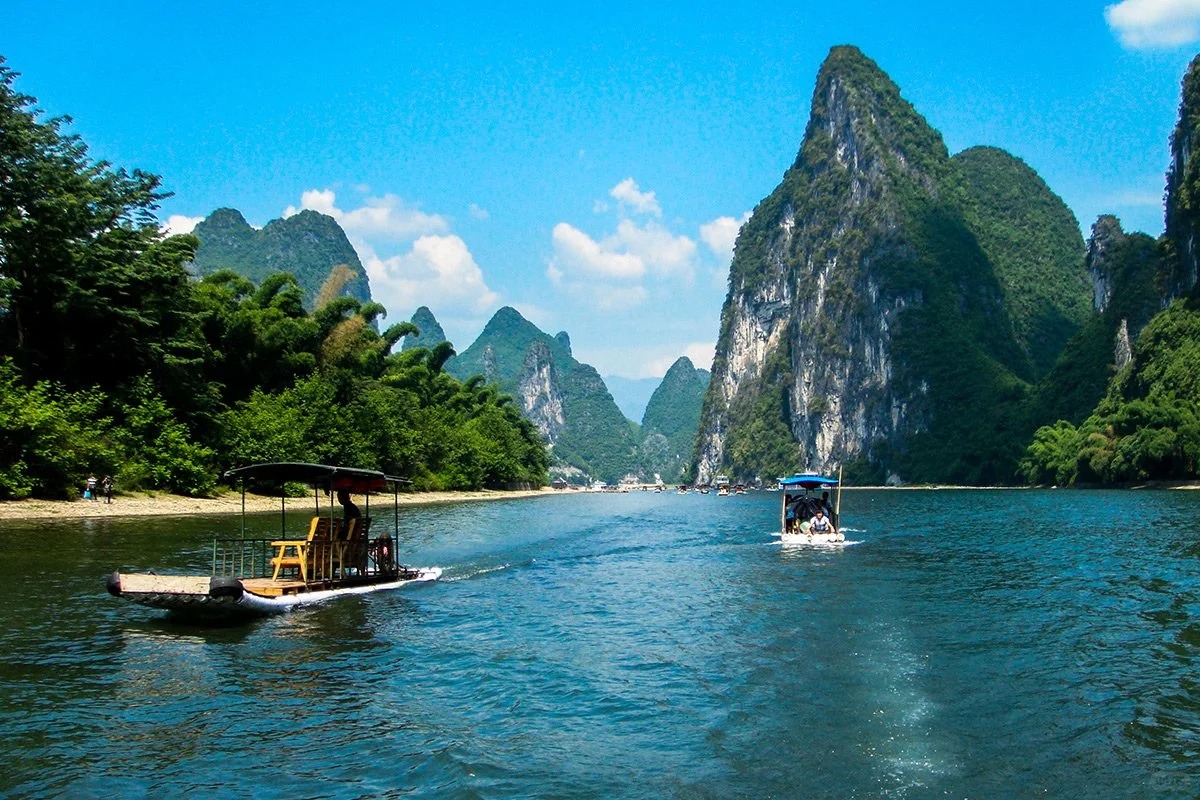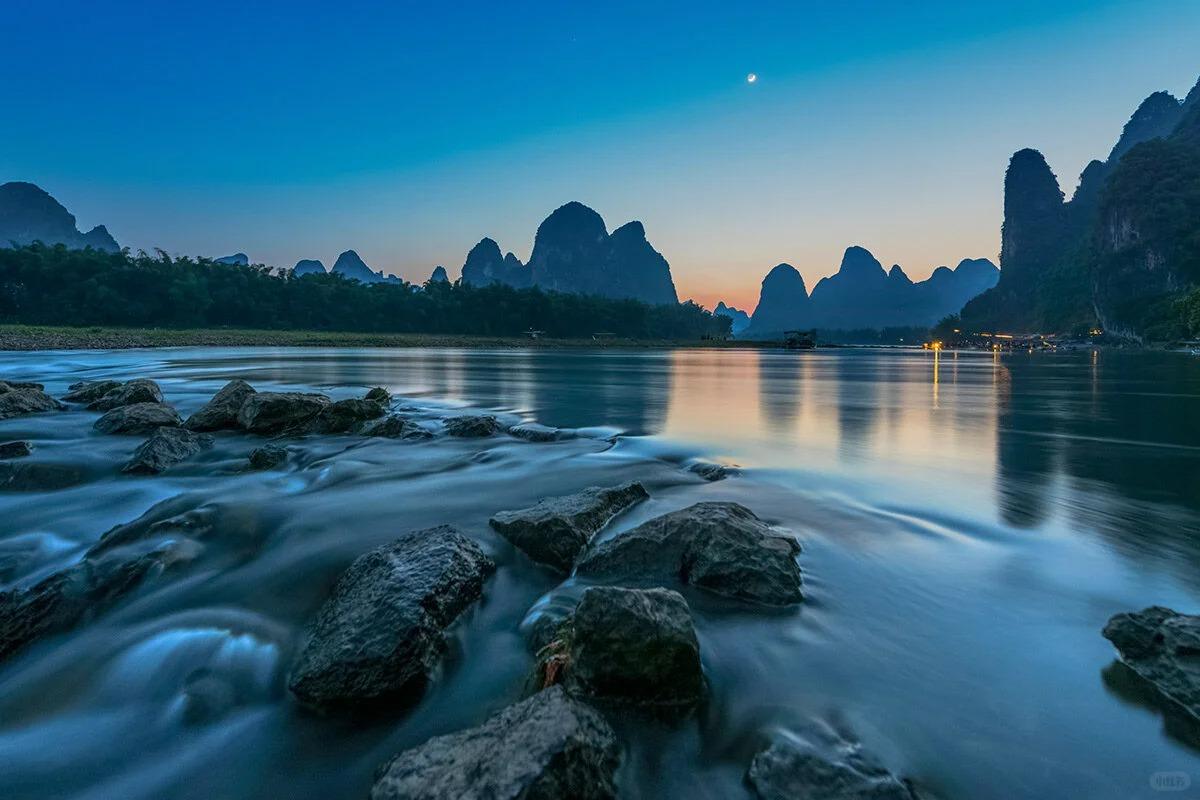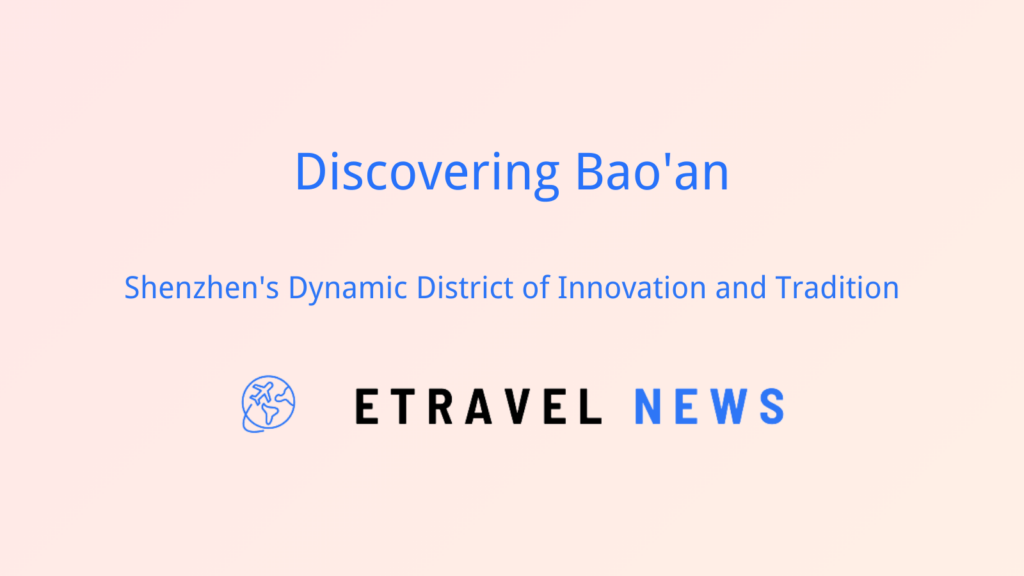Introduction to South China
South China encompasses a vibrant region that includes the provinces of Guangdong, Fujian, Hainan, and parts of Guangxi and Hunan. This area has been a crucible of economic growth and cultural exchange for centuries, shaping China’s engagement with the world.
Key cities in South China include:
- Guangzhou: The historic “Canton,” a major trading hub
- Shenzhen: A technology powerhouse and innovation center
- Hong Kong: Global financial hub with a unique blend of East and West
- Macau: The “Las Vegas of Asia,” known for its gaming industry
These urban centers showcase South China’s economic dynamism and its role as China’s gateway to the world.

Climate and Natural Landscape
South China boasts a subtropical climate characterized by:
- Hot, humid summers with frequent rainfall
- Mild winters with occasional cold snaps
- Typhoon season from July to September
The region’s diverse landscape includes:
- The fertile Pearl River Delta
- Dramatic karst formations in Guangxi
- Tropical beaches of Hainan Island
South China is a biodiversity hotspot, home to unique species like the South China tiger and the Chinese white dolphin. The Zhangjiajie National Forest Park, with its towering sandstone pillars, inspired the floating mountains in the movie “Avatar.”

Cultural Diversity and Heritage
| Cultural Aspect | Description | Examples |
|---|---|---|
| Languages | Diverse linguistic landscape | Cantonese, Hakka, Min dialects |
| Ethnic Groups | Various minority cultures | Yao, Zhuang, She peoples |
| World Heritage Sites | UNESCO-recognized locations | Kaiping Diaolou, Fujian Tulou |
South China’s cultural tapestry is woven from centuries of trade and migration. The region’s historical trading ports, such as Guangzhou and Quanzhou, have left a legacy of openness and cultural fusion that continues to this day.
Modern South China
Today, South China stands at the forefront of China’s economic miracle:
- Shenzhen, once a fishing village, is now a global tech hub
- The Greater Bay Area initiative aims to integrate Hong Kong, Macau, and nine mainland cities
- Manufacturing powerhouses produce everything from electronics to textiles
This rapid development has created stark contrasts:
- Gleaming skyscrapers of Guangzhou alongside traditional villages
- High-tech industries juxtaposed with traditional farming communities
- Modern port facilities near ancient maritime silk road sites

Culinary Delights
South China’s cuisine is renowned worldwide:
- Cantonese cuisine: Known for its subtle flavors and dim sum tradition
- Chaozhou cuisine: Famous for seafood and vegetarian dishes
- Hakka cuisine: Hearty, preserved foods reflecting a history of migration
Seafood plays a prominent role in coastal areas, with dishes like steamed fish and salt-baked crab. The region is also the birthplace of several famous tea varieties, including Tieguanyin and Dancong oolong.
Tourist Attractions and Experiences
South China offers a wealth of experiences for travelers:
- Urban adventures: The futuristic skylines of Hong Kong and Guangzhou
- Natural wonders: Cruising the Li River in Guilin, relaxing on Hainan’s tropical beaches
- Cultural immersion: Exploring the Hakka tulou (earthen buildings) in Fujian
- Modern attractions: Theme parks like Chimelong and Hong Kong Disneyland
The region seamlessly blends ancient traditions with cutting-edge modernity, offering something for every type of traveler.

Travel Tips and Practical Information
Best times to visit:
- October to December: Pleasant temperatures and lower humidity
- Avoid July to September due to typhoon season
Transportation:
- Major international airports in Guangzhou, Shenzhen, and Hong Kong
- Extensive high-speed rail network connecting major cities
- Efficient metro systems within larger urban areas
Language considerations:
- Cantonese is widely spoken in Guangdong and Hong Kong
- Mandarin is the lingua franca across the region
- English is common in Hong Kong and major tourist areas
Visa information:
- Most travelers need a visa to visit mainland China
- Hong Kong and Macau have separate visa policies, often allowing visa-free entry for many nationalities
Suggested itineraries:
- Urban Explorer: Hong Kong (3 days) → Guangzhou (2 days) → Shenzhen (2 days)
- Nature Lover: Guilin and Yangshuo (4 days) → Zhangjiajie (3 days)
- Culture Enthusiast: Fujian Tulou (2 days) → Kaiping Diaolou (2 days) → Macau (2 days)
South China offers a captivating blend of ancient traditions and futuristic innovation, set against a backdrop of stunning natural beauty. Whether you’re seeking bustling city life, serene landscapes, or rich cultural experiences, this region promises an unforgettable journey through one of China’s most dynamic areas.






